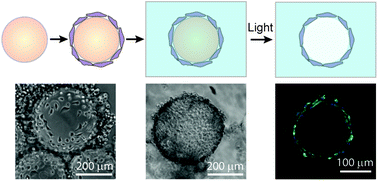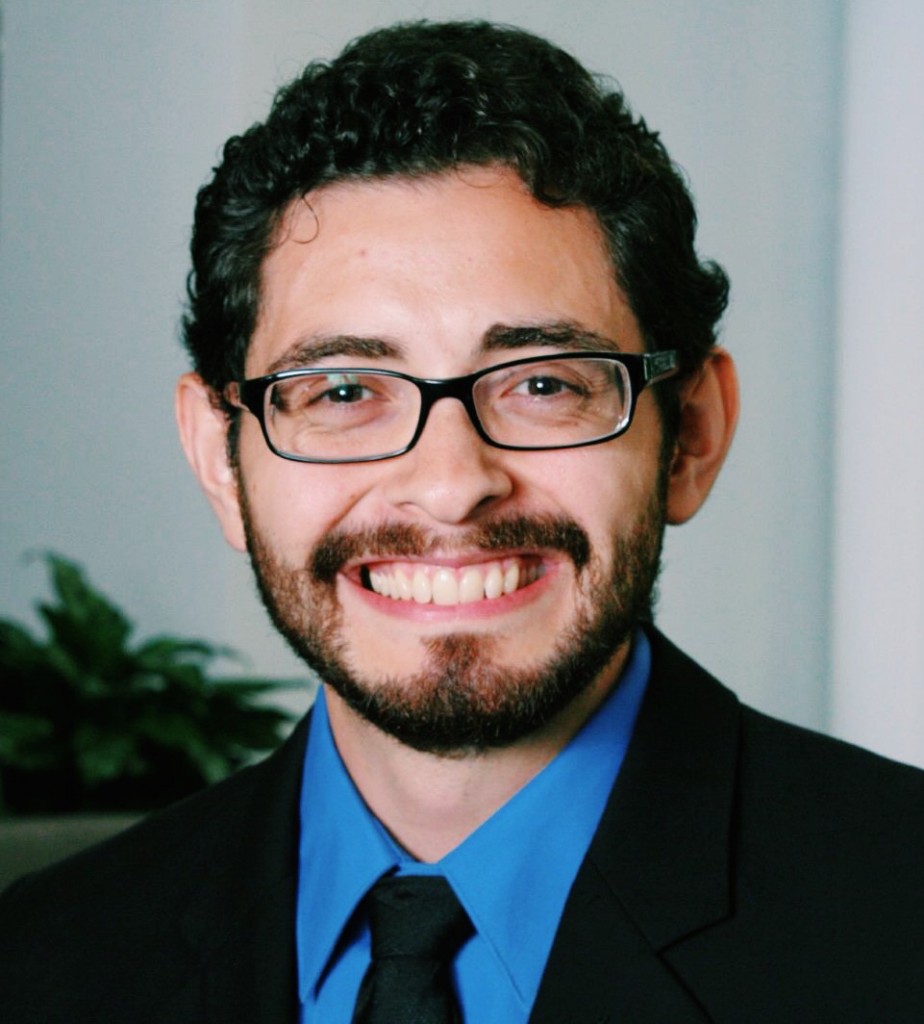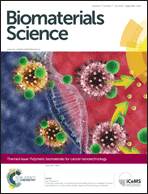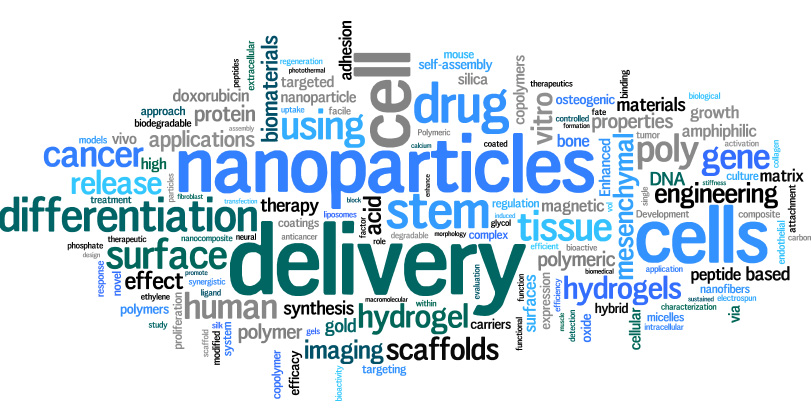Do you know an early-career researcher who deserves recognition for their contribution to the biomaterials field?
Now is your chance to put them forward for the accolade they deserve.
Biomaterials Science is pleased to announce that nominations are now being accepted for its Biomaterials Science Lectureship 2016. This annual award was established in 2014 to honour an early-stage career scientist who has made a significant contribution to the biomaterials field.
Previous winners
2015 – Joel Collier, University of Chicago, USA
2014 – Suzie Pun, University of Washington, USA
Qualification
To be eligible for the Biomaterials Science Lectureship, the candidate should be in the earlier stages of their scientific career, typically within 7 years of attaining their first independent research position, and will have made a significant contribution to the field.
Description
The recipient of the award will be asked to present a lecture three times, one of which will be located in the home country of the recipient. The Biomaterials Science Editorial Office will provide the sum of £1000 to the recipient for travel and accommodation costs.
The recipient will be presented with the award at one of the three award lectures. They will also be asked to contribute a lead article to the journal and will have their work showcased on the back cover of the issue in which their article is published.
Selection
The recipient of the award will be selected and endorsed by the Biomaterials Science Editorial Board.
Nominations
Those wishing to make a nomination should send details of the nominee, including a brief C.V. (no longer than 2 pages A4) together with a letter (no longer than 1 page A4) supporting the nomination, to the Biomaterials Science Editorial Office by 29th January 2016. Self-nomination is not permitted.












 Dr. Chaudhuri is currently Chief Scientist in the Biomaterials Group, LST DIV, CSIR-Indian Institute of Chemical Technology, India, having pursued his post-doctoral research at Harvard Medical School, USA (1991-1994). His group designs efficient receptor specific liposomal drug and gene delivery systems for use in anti-angiogenic cancer therapy and dendritic cell based cancer immunotherapy. He has published over 50 papers in a variety of leading journals such as Biomaterials, Journal of Controlled Release, Chemical Society Reviews and Journal of the American Chemical Society. He was elected as Fellow of the Indian Academy of Sciences in January, 2008.
Dr. Chaudhuri is currently Chief Scientist in the Biomaterials Group, LST DIV, CSIR-Indian Institute of Chemical Technology, India, having pursued his post-doctoral research at Harvard Medical School, USA (1991-1994). His group designs efficient receptor specific liposomal drug and gene delivery systems for use in anti-angiogenic cancer therapy and dendritic cell based cancer immunotherapy. He has published over 50 papers in a variety of leading journals such as Biomaterials, Journal of Controlled Release, Chemical Society Reviews and Journal of the American Chemical Society. He was elected as Fellow of the Indian Academy of Sciences in January, 2008.
 Dr. Brian Aguado (
Dr. Brian Aguado (


